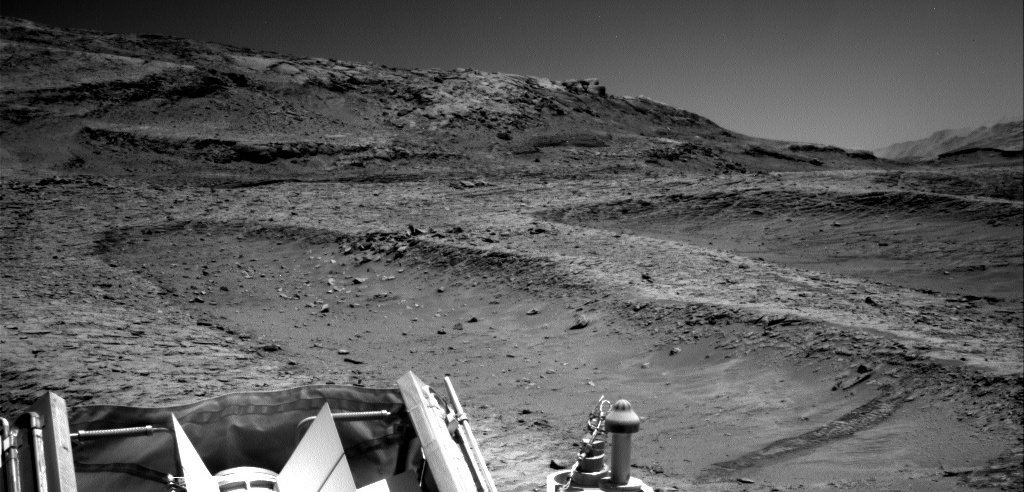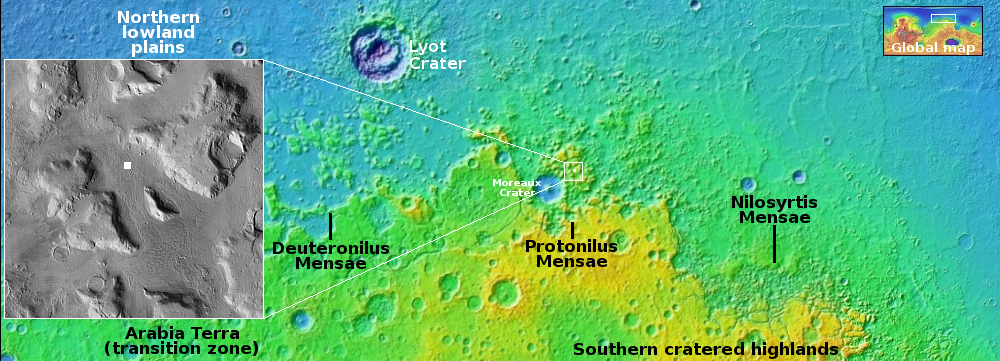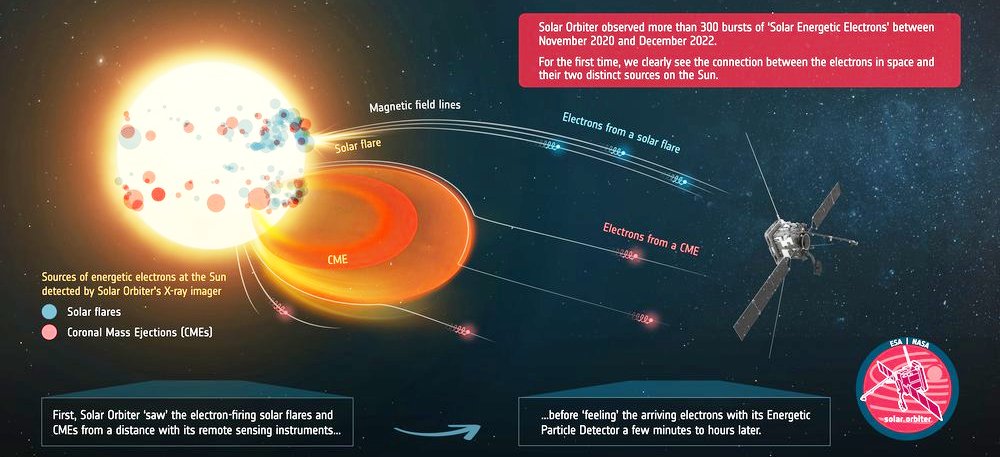Clumps of dust in a star-forming cluster
Cool image time! The picture to the right, cropped and reduced to post here, was taken by the Hubble Space Telescope as part of a study of the dusty clouds inside star-forming regions. From the caption:
Stars in a star cluster shine brightly blue, with four-pointed spikes radiating from them. The centre shows a small, crowded group of stars while a larger group lies out of view on the left. The nebula is mostly thick, smoky clouds of gas, lit up in blue tones by the stars. Clumps of dust hover before and around the stars; they are mostly dark, but lit around their edges where the starlight erodes them.
This cluster sits inside the Large Magellanic Cloud, about 160,000 million light years away and the largest of the several known dwarf galaxies to orbit the Milky Way. It is the second largest such star-forming region with that dwarf galaxies, and thus is a prime research target for studying the birth of stars.
I especially like this image because of the small dust clouds that sit in the foreground, blobs of material that is slowly being ionized away by the radiation from the stars.
Cool image time! The picture to the right, cropped and reduced to post here, was taken by the Hubble Space Telescope as part of a study of the dusty clouds inside star-forming regions. From the caption:
Stars in a star cluster shine brightly blue, with four-pointed spikes radiating from them. The centre shows a small, crowded group of stars while a larger group lies out of view on the left. The nebula is mostly thick, smoky clouds of gas, lit up in blue tones by the stars. Clumps of dust hover before and around the stars; they are mostly dark, but lit around their edges where the starlight erodes them.
This cluster sits inside the Large Magellanic Cloud, about 160,000 million light years away and the largest of the several known dwarf galaxies to orbit the Milky Way. It is the second largest such star-forming region with that dwarf galaxies, and thus is a prime research target for studying the birth of stars.
I especially like this image because of the small dust clouds that sit in the foreground, blobs of material that is slowly being ionized away by the radiation from the stars.














